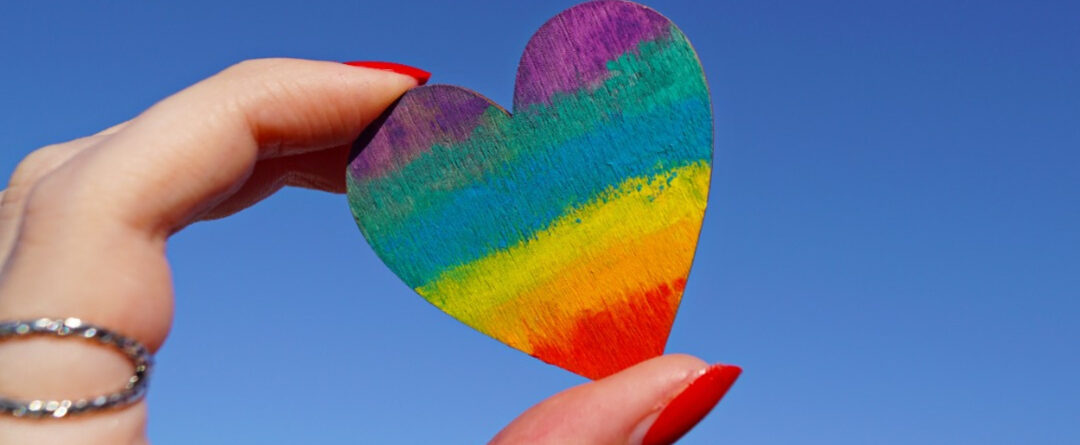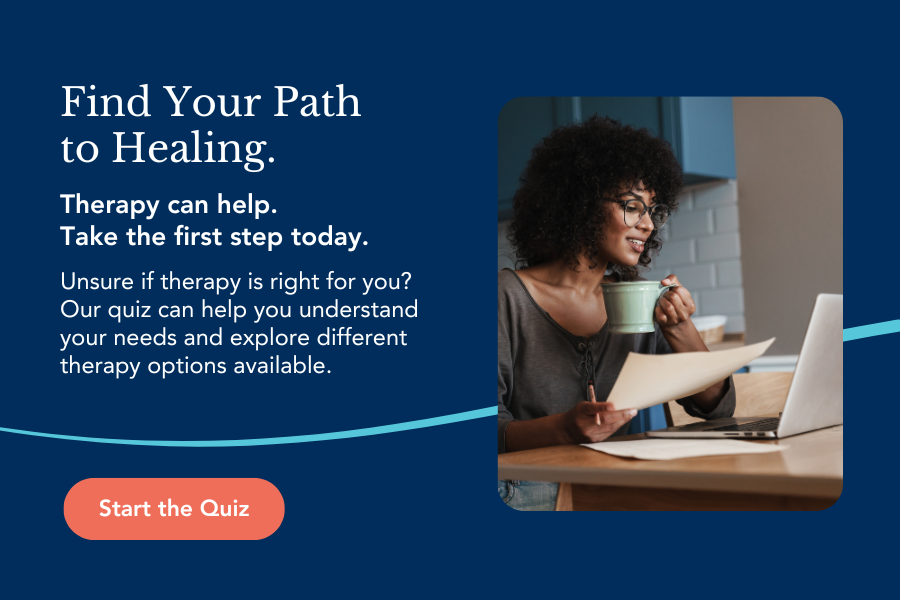LGBTQ+ Community And How to Offer Support
The Nystrom & Associates provider consulted for this article on the LGBTQ+ Community is Dr. Karin Ryan, PsyD, LP, Clinic Director, Outpatient Therapist.
Why It’s Important to Talk About LGBTQ+ Issues
With all the buzz around gender, sexual orientation, and allyship, you may find yourself wondering, "Why is it important to talk about LGBTQ+ issues?" One of the biggest reasons to have an honest conversation about these concerns is the high rate of mental health issues that LGBTQ+ individuals face.
Many LGBTQ+ people face unique mental health challenges. Dr. Karin Ryan explains why it’s crucial to express our support for the community:
We know that the rates of depression and suicide are so much higher for LGBTQ+ [people], especially youth. 45% of LGBTQ youth have contemplated suicide in the past year. 1 in 3 transgender children don’t feel supported in their homes, so this literally can save lives.
Related: Coping With Suicidal Thoughts
Helpful Terms to Know
Something that can overwhelm people who want to support the LGBTQ+ community is the amount of terms to understand. Let’s break down a few key terms:
Sexual Orientation is who a person is sexually attracted to.
- Examples of sexual orientation include straight, gay, lesbian, bisexual, and pansexual.
Gender identity is an internal, deeply felt sense of being female, male, or a blend of both or neither. Some common terms used around gender identity are:
- Cisgender: a person whose gender identity corresponds with the sex registered for them at birth.
- Transgender or trans: an adjective used to describe someone whose gender identity differs from the sex assigned at birth.
- Non-Binary: an adjective used to describe a person who experiences their gender identity outside the binary gender categories of man and woman. These individuals often also identify as trans.
- Pronouns: words that replace a noun, often a person's name, and are connected to their gender identity. Someone who identifies as female may choose she/her. Someone who identifies as male may choose he/him. Someone who identifies as non-binary may choose they/them. Honoring someone's gender pronouns shows that you respect them as a person.
- Dead Naming: the act of referring to a transgender or non-binary person by a name they used prior to transitioning, such as their birth name. Deadnaming may be unintentional, or a deliberate attempt to deny, mock, or invalidate a person's gender identity.
Gender expression is how a person presents themselves through behavior, clothing, body characteristics, or voice, and which may or may not conform to socially defined behaviors and characteristics typically associated with being either masculine or feminine.
This list is by no means comprehensive. You can find more definitions and resources in the Human Rights Campaign's Glossary of Terms.
Related: LGBTQIA+ Community and Mental Health
How To Be An Ally
An ally is a straight and/or cisgender person who supports and advocates for LGBTQ+ people. There are as many ways to be an ally as there is to be a person. Below are some simple ways you can start to be an ally today:
- Communicate you are an ally by commenting positively about LGBTQ+ activities, people, or organizations. This shows you are a safe person.
- Do not ask questions about their private body parts, past identity, or "real name." Remind yourself that those things do not matter, what matters is the person in front of you.
- Honor their gender identity, name, and pronouns: You don’t have to understand someone’s identity to respect it.
- If you misgender or deadname a person, apologize sincerely, correct yourself, and move on.
Related: How to Maintain Friendships
How To Support Someone Who Comes Out To You
Coming out can be a monumental step in an LGBTQ+ person’s journey of sharing their authentic self with others. It can also be very intimidating for them and create a lot of anxiety. The best way to make this a positive experience for them is to be a safe person to come out to. You can do that by:
- Just listening and not asking too many questions.
- Thanking them for trusting you and sharing who they are with you.
- Honoring their privacy and who they decide to tell and when.
- Following up with an affirmation of your love for them, your friendship, and your relationship.
- Taking time to learn and understand from others.
Related: How to Deal With Awkward Conversations
Nystrom & Associates on The LGBTQ+ Community
Watch Dr. Karin Ryan on Twin Cities Live as she discusses how to support the LGBTQ+ Community.
A Word From Nystrom & Associates
Supporting the LGBTQ+ Community is not a one-time event but an ongoing process of learning and showing acceptance. It's okay not to know everything and to make mistakes. Embrace the process and continue to show that you are a person willing to learn and embrace your LGBTQ+ loved one.
If you or a loved one is a member of the LGBTQ+ Community and struggling with mental health issues, please know help is available. Nystrom & Associates offers individual, couples, and family therapy with providers who specialize in LGBTQ+ issues. Above all, we can help match you with a provider who is the right fit. Call 1-844-NYSTROM or request an appointment online.
Related: 4 Conflict Resolution Skills for Better Relationships

